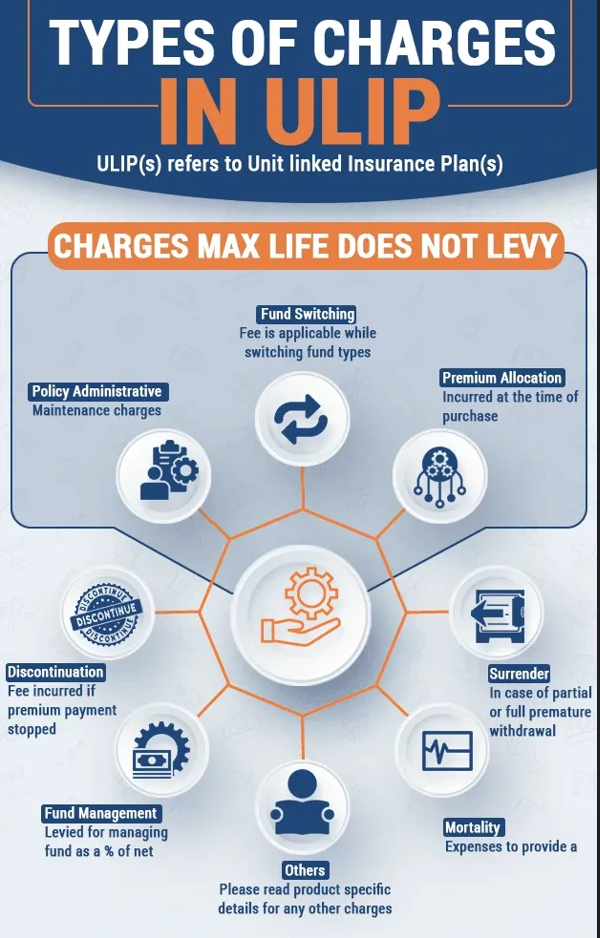by Mr. B VENKATESH, Navera Consulting
You have to adopt a disciplined approach to
saving and investing to achieve financial freedom. But you always knew that.
What is less known is the sequence of steps to be
taken to achieve financial freedom.
In this article, we discuss protective assets
- the first step you have to take. Why
create protective assets first?
And how do you create such assets?
Protective assets..!
It is generally true that losing money hurts us
much more than gaining money of the same magnitude.
Psychologists call this behaviour loss aversion.
How would it feel if your family struggles to
protect its standard of living because of the loss of your income? Needless to
say, the pain will be immense.
It is to moderate the effects of such unpleasant
events on your family that you should create protective assets first, before
funnelling your savings into various investment vehicles.
This way, having created the protection for your
family, you can afford to buy risky investments.
Protective assets are assets that help you
protect your family’s standard of living.
Your family would typically face a threat to
sustain its standard of living under 2 circumstances: when the earning member
in the family loses his or her job or / when the earning member dies.
In the first case, it takes a while before the
earning member can find another suitable job.
In the
second case, the family has to support itself before either the surviving
spouse or / the child starts earning.
In both cases, the family requires money to
support itself during this period of crisis. That is what protective assets are
meant to do.
 |
| B VENKATESH, Navera Consulting. |
Emergency fund..!
Protective assets contain 2 layers.
The first layer is the emergency fund. This fund
is set up to take care of your living expenses till the time you or the earning
member in your family gets another job.
The fund should carry at least 6 times your
monthly living expenses — which is annual living expenses divided by 12.
The reason you have to consider total annual
expenses is because you have to provide for one-time payments such as insurance
premiums and taxes.
You should preferably keep at least 50% of this money in a
savings account and the rest in bank fixed deposits (FDs).
The second layer is insurance. This contains both
medical insurance and life insurance.
This layer protects the family against lumpy
medical expenses as well as loss of income due to the death of an earning
member.
It is important to buy an insurance contract that
covers all outstanding loans that the family has borrowed, including home loans.
This way, the death of an income-earning member
does not burden the family because of mortgage payments.
Points to ponder..!
You should ensure that your emergency fund always
has appropriate cash. So, top up your fund after you use it to meet any
emergency, even if re-funding your emergency account means stopping your
regular investments for a while.
Importantly, pay your insurance premiums even if
your income declines due to cut in salary or / otherwise.
Lastly, remember that insurance is a contract
that you buy to indemnify loss that your family may incur due to certain
events, like death or disability of the income-earning member.
So, do not
buy insurance that offers survival benefits!
Just pure term insurance policies would suffice.
You should also look for insurance companies that have a history of settling
the full claim without much hassles, not necessarily companies that offer
cheaper insurance.
About the author...
The writer Mr. B VENKATESH is the founder of Navera Consulting.
Blog - Navera Consulting
Web Site: Naveraconsulting.com

































